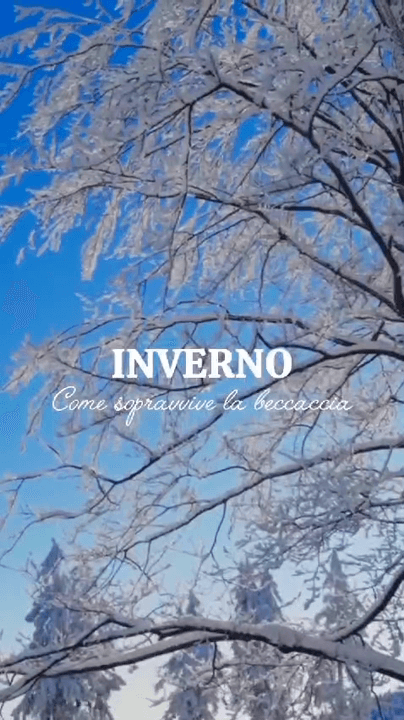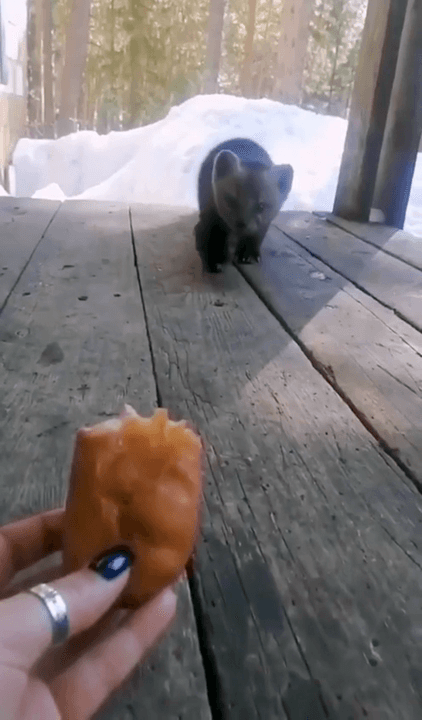
Caccia in TRENTINO-ALTO ADIGE: Tra le Dolomiti, i Camosci e l’Anima Venatoria delle Alpi Caratteristiche geografiche e naturali della regione dal punto di vista venatorio Il Trentino-Alto Adige, situato nel nord Italia, è una regione prevalentemente montuosa, con le Alpi che dominano il paesaggio. Le Dolomiti, Patrimonio dell’Umanità UNESCO, offrono habitat ideali per cervi, caprioli, camosci e stambecchi. Le foreste di abeti e larici sono ricche di fauna selvatica, mentre le valli e le zone collinari ospitano lepri, volpi e galli cedroni. La regione è anche caratterizzata da numerosi laghi e fiumi, che favoriscono la presenza di uccelli acquatici. Demografia dei Cacciatori: Un Focus su Numero, Età, Sesso Secondo i dati dell’Associazione Nazionale Cacciatori (Federcaccia), in Trentino-Alto Adige sono registrati circa 12.000 cacciatori. La maggior parte dei cacciatori sono uomini di età compresa tra i 40 e i 70 anni, con una forte presenza nelle zone rurali e montane. La caccia è un
Post: 15 May 14:06





















